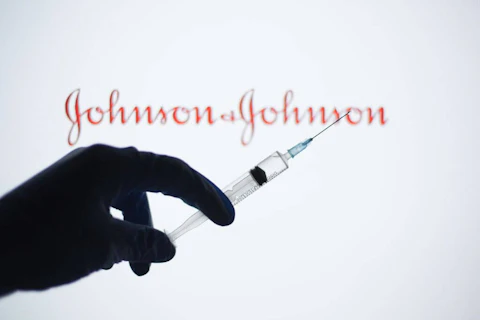Vanity Fair article details Kushner’s testing task force that planned a national testing strategy and then gave it up.
A report in Vanity Fair says Jared Kushner put together a team of people to develop a national testing strategy, only to ultimately drop their recommendations because he and others at the White House thought coronavirus would be a “blue state” problem and it would be politically advantageous to ignore it.
Instead of testing, officials in the White House thought it would be better for them to simply blame governors of Democratic states for their failed response.
In March and early April, Kushner who currently serves as a senior White House adviser, created and led a taskforce to devise a national plan to increase coronavirus testing. But after weeks of work, the plan was ditched when the president decided to shift the responsibility to respond to the pandemic to the states.
Here are five key takeaways from the report:
- Although the U.S desperately needs a national response strategy, Kushner’s plan was scrapped because officials felt it was not politically advantageous to the president.
A member of Kushner’s taskforce who remained nameless told Vanity Fair that because the coronavirus hit blue states hardest at first, they decided a national testing strategy did not make sense politically.
“The political folks believed that because it was going to be relegated to Democratic states, that they could blame those governors, and that would be an effective political strategy,” said the expert. He also noted that the final decision would have been Kushner’s.
The testing strategy that President Trump announced in late April had almost nothing in common with the strategy his son-in-law’s task force had designed. Instead of strategy led by the federal government, it shifted the responsibility to the states. Although the federal government agreed to act as a facilitator to help increase supplies, states were tasked with operating the testing sites and finding available labs.
- Leaving states to fight with each other for testing has created a deadly summer.
Since then, coronavirus hotspots have erupted in states that had been Trump strongholds, like Texas, Alabama and South Carolina, and cases and fatalities nationally have been as bad as they were in the earlier part of the pandemic. Meanwhile, American patients frequently wait weeks for a clear diagnosis.
Kate Gallego, the mayor of Phoenix, resorted to taking her pleas for help with testing straight to the press, after getting no help from the federal government. Phoenix saw a rapid increase of cases and had a huge backlog of testing, with people often waiting hours in their cars at drive-thru testing sites in triple-digit heat.
When Gallego reached out to FEMA for help, she said they told her the city did not have “a sufficient number of cases” to warrant help. The city found itself in an impossible spot: Not having enough testing meant they could show they had the high number of cases needed to warrant federal help.
- The Kushner group did not coordinate with agencies or, remarkably, Trump’s “testing czar.”
According to at least one participant, Kushner’s task force did not coordinate with other federal agencies to create their national testing strategy. That included the entire Health and Human Services department, and remarkably, Admiral Brett Giroir, who Trump appointed the nation’s “testing czar.”
According to one member of the task force the group was “in their own bubble.”
- Kushner’s taskforce was staffed by bankers not public health officials.
According to Vanity Fair, Kushner’s task force was initially staffed with bankers and billionaires and not public health experts.
Its members included Adam Boehler, who was college roommates with Kushner and currently serves as CEO of the U.S. International Development Finance Corporation. Jason Yeung from Morgan Stanley and Nat Turner, the CEO of Flatiron Health, were also members.
- The taskforce hoped the testing plan would be up by the fall.
According to reports, the group worked to create an outline for a national testing strategy, coordinate supplies, reduce bureaucratic roadblocks and implement a virus surveillance system. At least initially, the task force hoped that the new strategy would be up and running by the fall.
A plan this size would be incredibly complex to pull off, but the aim was to help states increase their testing and smooth out the diagnostic process which, under the current system, is taking weeks to deliver results.




